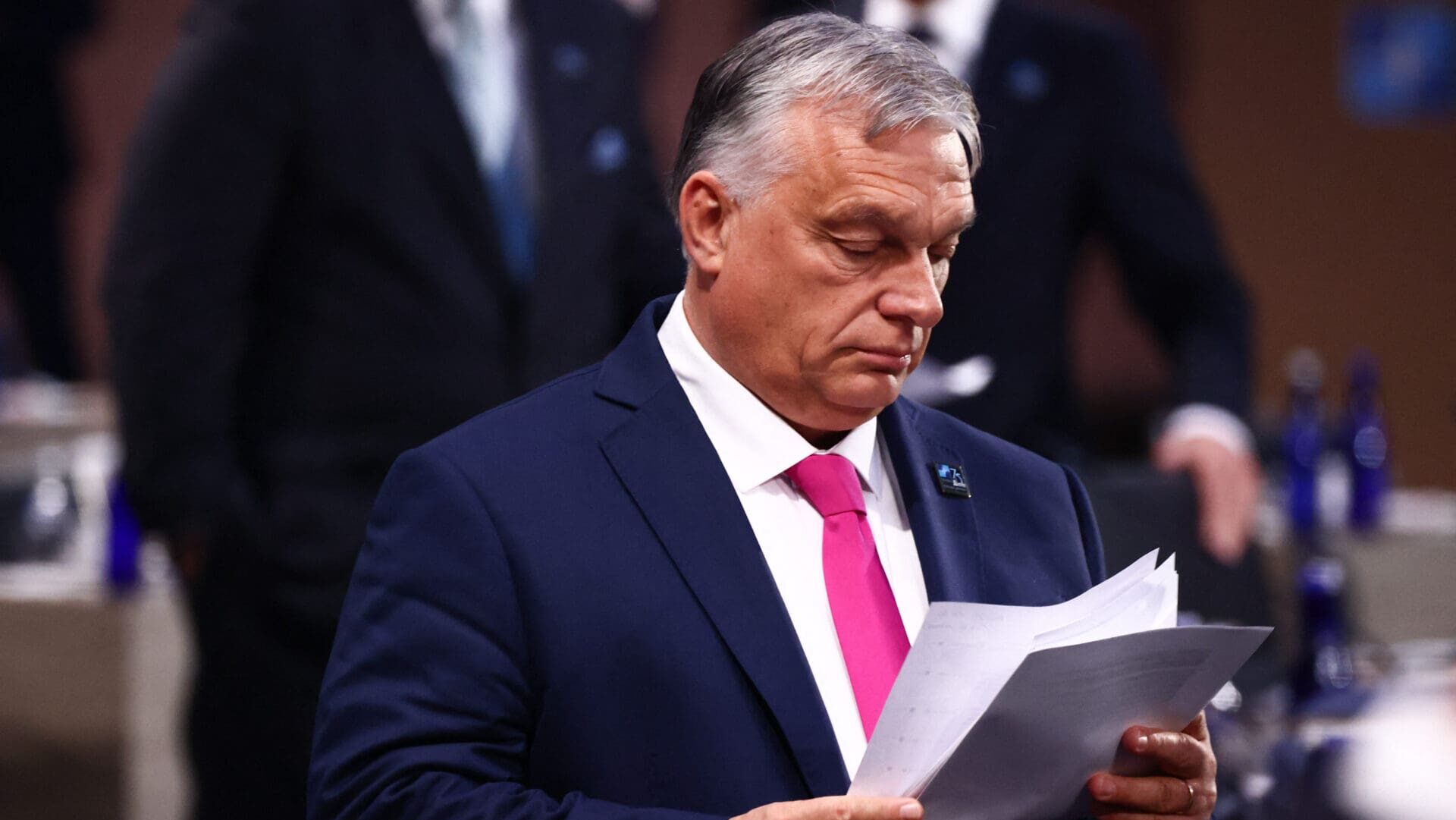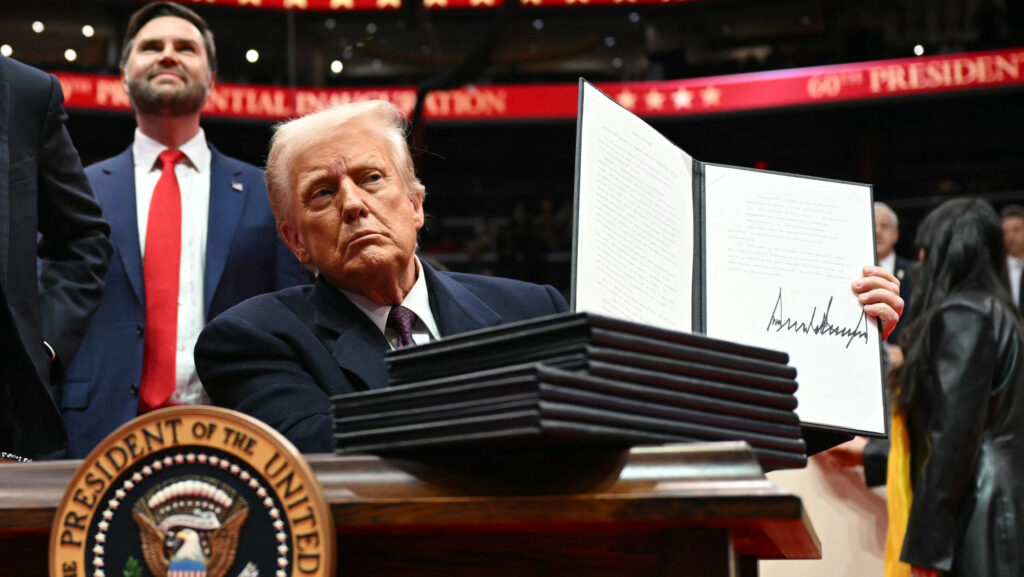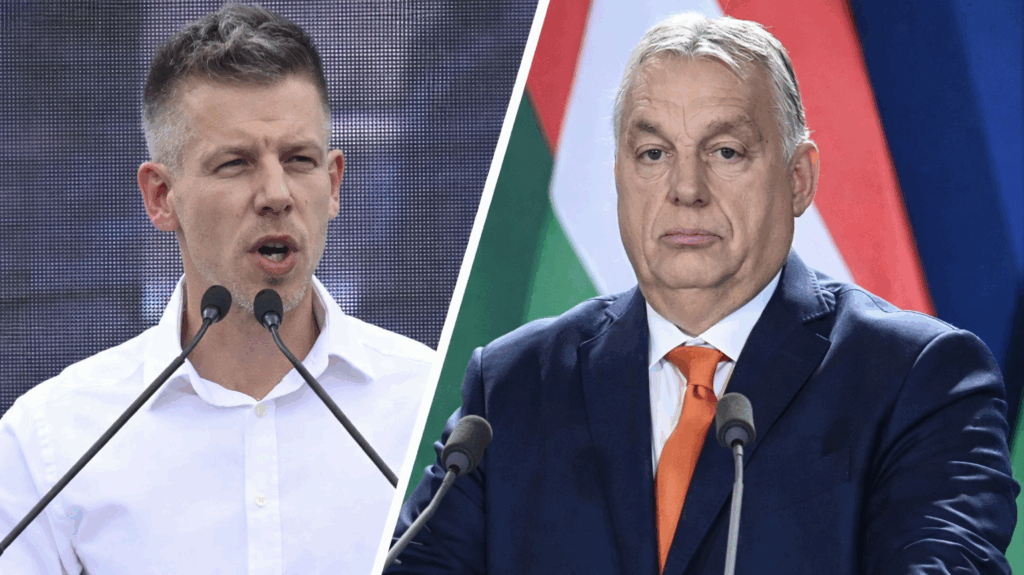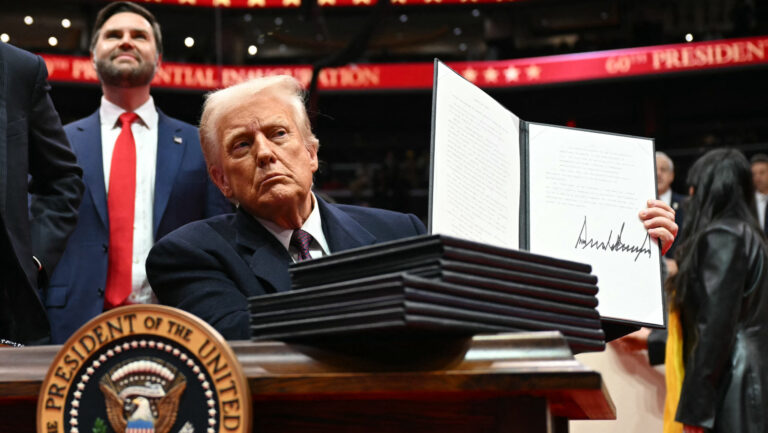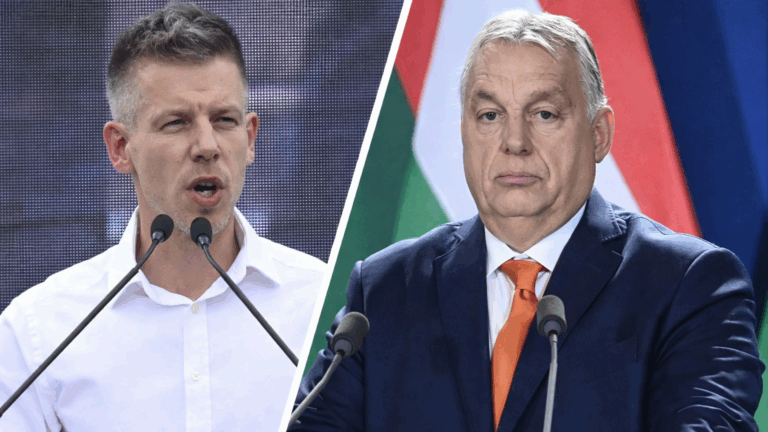Hungarian Prime Minister Viktor Orbán decided on Thursday to make public the full summary assessment and proposals from his recent meetings with the leaders of Ukraine, Russia, China, Türkiye, and former US President Donald Trump. This decision follows the prior release of some details from the document by the media. The document Orbán has released is the same one he sent to European Council President Charles Michel earlier this week. Orbán’s ten-point plan outlines his vision for a potential peace settlement in the ongoing war in Ukraine.
The Hungarian PM announced the move in an X post yesterday:
As fragments of my report to #EUCO President @CharlesMichel on my #peacemission have surfaced, I decided to release the whole document for the sake of clarity and context.https://t.co/S55UQyZ8pd
— Orbán Viktor (@PM_ViktorOrban) July 18, 2024
In the first point, Orbán begins by observing that the intensity of the military conflict is expected to radically escalate in the near future.
‘I have personally observed that the warring parties are determined to involve themselves even more deeply in the conflict, and none of them want to initiate a ceasefire or peace negotiations. We can, therefore, assume that tensions will not ease and the parties will
not seek a way out of the conflict without significant external intervention,’
the Hungarian prime minister wrote in the second point.
In the third point, Orbán lists the actors who can directly or indirectly influence the conflict. ‘There are three global actors that can influence developments: the European Union, the United States, and China. We should also consider Türkiye as an important regional actor, being the only successful mediator between Ukraine and Russia since the outbreak of hostilities in 2022.’
From this point onward, we present the prime minister’s peace proposal without any changes:
- China will continue its policy, as outlined in international documents, calling for a ceasefire and peace negotiations. However, China will only take a more active role if there is a near-certain chance of success. According to their assessment, this is not the case at present.
- Regarding the United States, during the NATO Summit and my discussions with President Trump, I observed that the US is currently preoccupied with the presidential election campaign. The incumbent president is making significant efforts to remain in the race. It is evident that he cannot alter the current pro-war policy of the US, so he cannot be expected to initiate a new policy. As we have seen many times in recent years, in such situations, the bureaucracy continues on the same path without political leadership.
- In my discussion with President Trump, I concluded that foreign policy plays only a small role in his campaign, which is dominated by domestic issues. Therefore, we cannot expect any peace initiative from him until the elections. However, I can say with certainty that, shortly after an election victory, he would not wait until his inauguration but would be ready to act as a peace broker immediately. He has detailed and solid plans to do so.
- I firmly believe that, in the likely event of President Trump’s victory, the financial burden between the US and the EU will shift significantly to the EU’s disadvantage regarding financial support for Ukraine.
- Our European strategy has mirrored the pro-war policy of the U.S. in the name of transatlantic unity. Until now, we have not had a sovereign and independent European strategy or political action plan. I propose that we discuss whether it is reasonable to continue this policy in the future. In the current situation, we have a strong moral and rational opportunity to start a new chapter in our policy. In this new chapter, we could make efforts to reduce tensions and create the conditions for a temporary ceasefire and peace negotiations.
- I propose opening a debate on the following proposals:
- An initiative to hold high-level political talks with China on the modalities for the next peace conference;
- While maintaining the current high level of political relations with Ukraine, reopening direct diplomatic lines of communication with Russia and rehabilitating such direct contacts in our political communication;
- Launching a concerted political effort towards the Global South, whose goodwill we have lost due to our position on the war in Ukraine, resulting in the global isolation of the transatlantic community.
- I hope that my reports and suggestions will prove to be a useful contribution to any proposals and initiatives that you may bring to the attention of EU leaders at an appropriate time and in an appropriate form.
Prior to Viktor Orbán’s peace proposal, China had introduced a peace plan, although it was much less detailed than that of the Hungarian prime minister. Chinese President Xi Jinping outlined four key principles back in May to ensure that peace is achieved between Kyiv and Moscow:
- Prioritizing peace and stability over ‘selfish’ gains;
- Cooling down the situation in Ukraine, rather than ‘adding fuel to the fire’;
- Establishing conditions for the restoration of peace, rather than aggravating the situation;
- Reducing the negative impact of the war on the global economy.
The plan was endorsed by Russian President Vladimir Putin, as well as Viktor Orbán. The Hungarian PM stated at the time:
‘Today, Europe stands on the side of war, with the only exception being Hungary, which advocates for an immediate ceasefire and peace negotiations, and supports all international efforts towards peace. This is why we support the Chinese peace initiative presented by President Xi Jinping…There is no solution to this conflict, to this war, on the battlefield; the battlefield only brings death and destruction,’
he added, reaffirming:
‘What is needed is a ceasefire and peace negotiations.’
Orbán began his peace mission in early July, travelling to Kyiv, Moscow, and Beijing. He then held talks with Turkish President Recep Tayyip Erdoğan at the NATO summit in Washington. Following this, the Prime Minister visited Donald Trump’s residence in Mar-a-Lago, where the discussions also focused on peace in Ukraine. The peace mission has drawn heavy criticism from Brussels, with Ursula von der Leyen, the recently re-elected Commission President, calling on her commissioners to boycott the Hungarian EU presidency.
Read more on PM Orbán’s peace mission:

